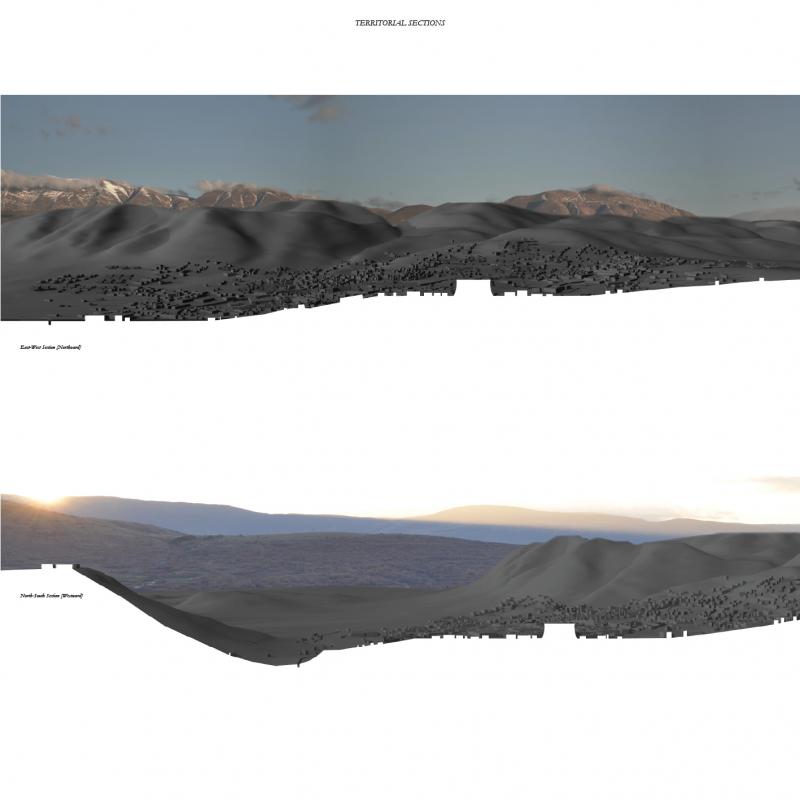
![The Ark [Manifesto]](http://projectsreview2011.aaschool.ac.uk/submission/uploaded_files/DIP-07/thumbnails800/ting-ting.dong-1. The Ark [Manifesto].jpg)
![The Ark [Manifesto]](http://projectsreview2011.aaschool.ac.uk/submission/uploaded_files/DIP-07/thumbnails800/ting-ting.dong-3_ The Ark [Manifesto].jpg)
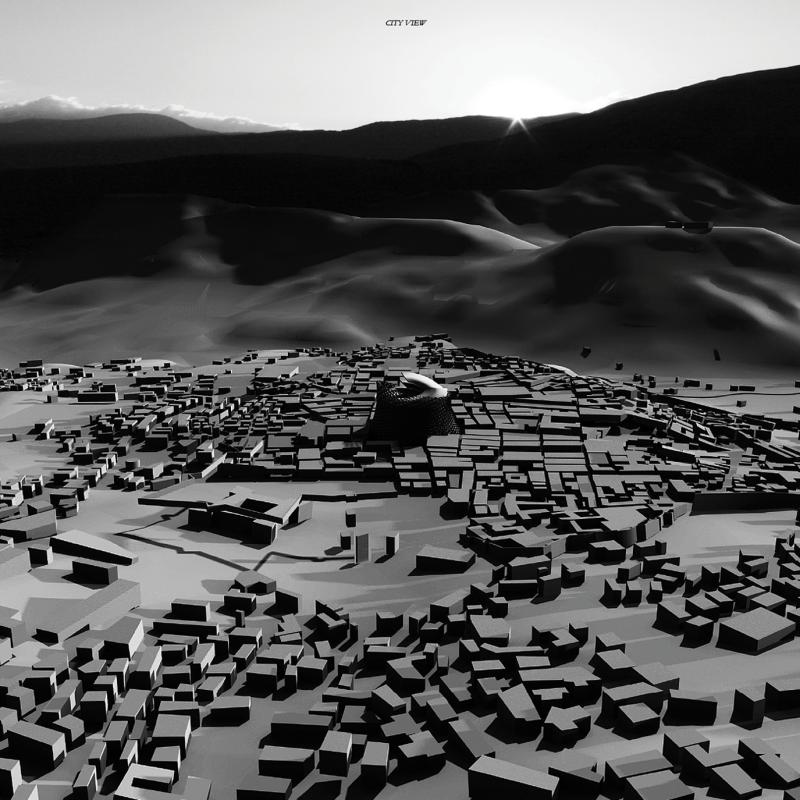
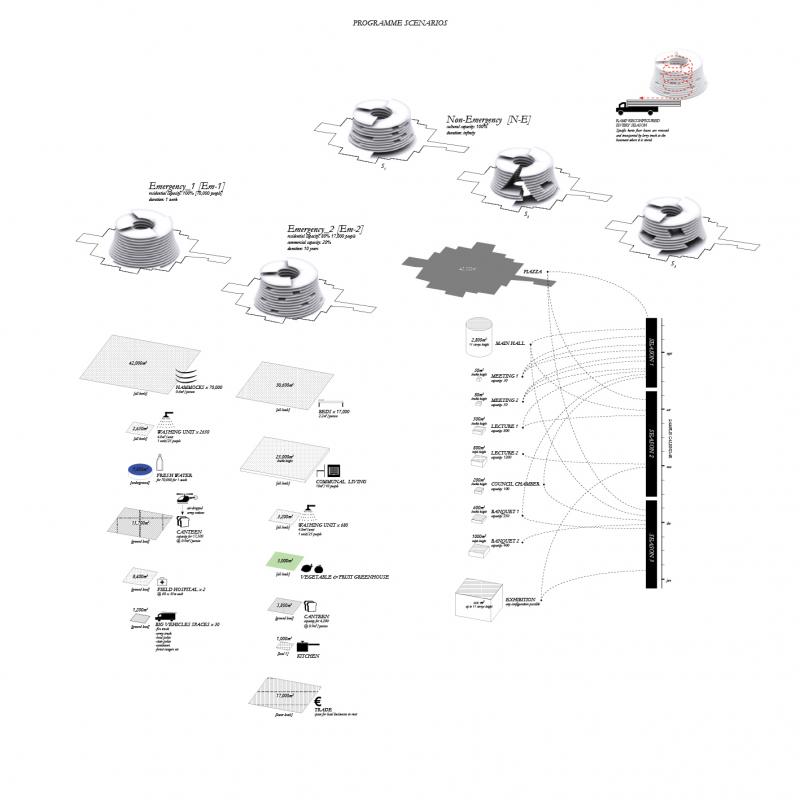
![Ground Floor [Piazza] Plans](http://projectsreview2011.aaschool.ac.uk/submission/uploaded_files/DIP-07/thumbnails800/ting-ting.dong-6. Ground Floor [Piazza] Plans.jpg)
![Section [Westwards]](http://projectsreview2011.aaschool.ac.uk/submission/uploaded_files/DIP-07/thumbnails800/ting-ting.dong-7. Section [Westwards].jpg)
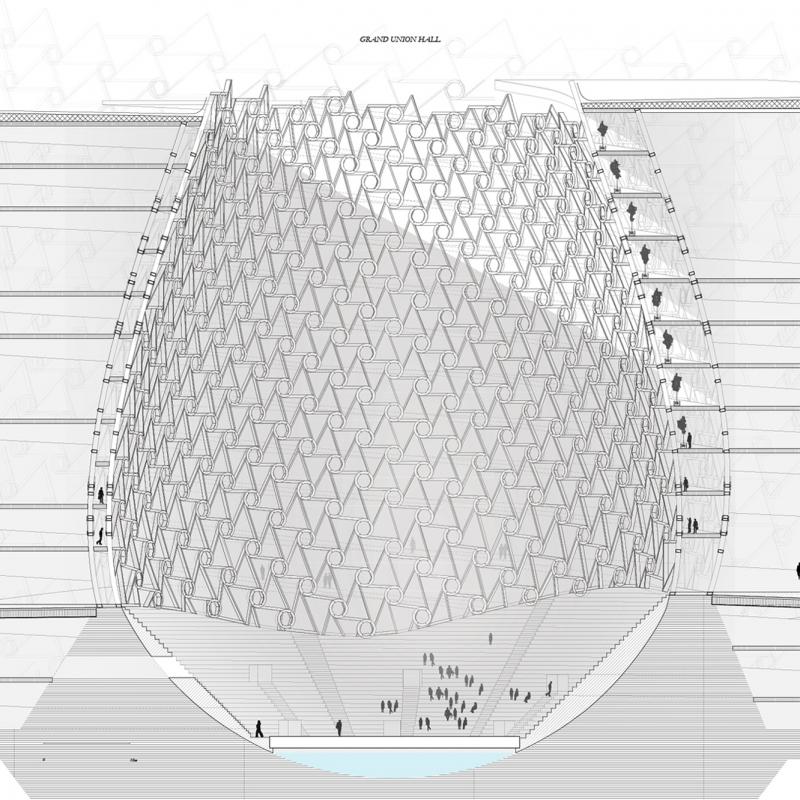

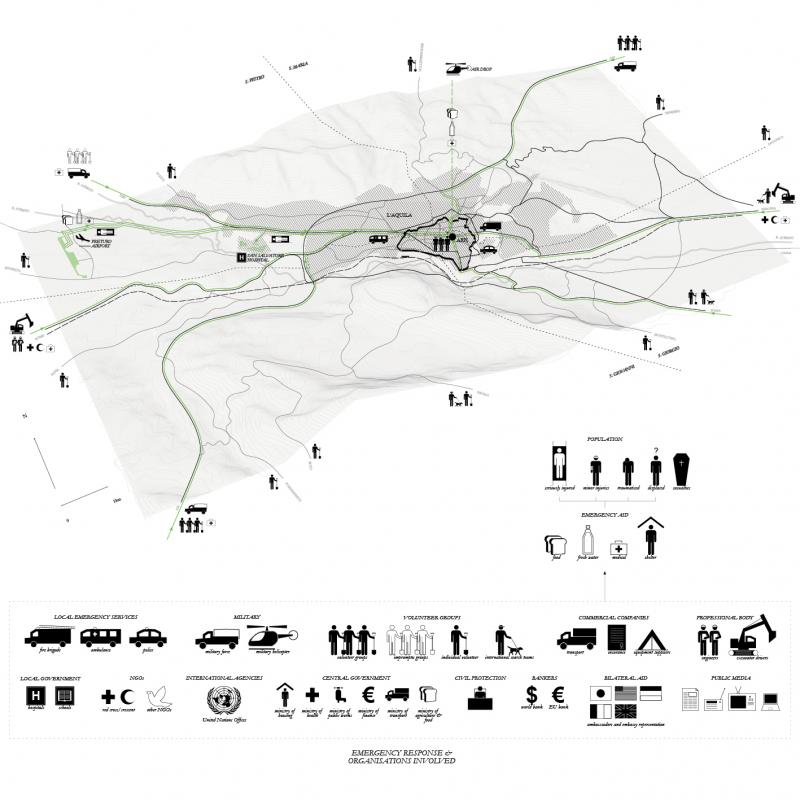
The Ark
In the L’Aquila Earthquake 2009, there were 300 casualties and 65,000 immediately displaced. The city hospital partially collapsed, denying critical care to the sick and injured at their most vulnerable. Society cannot be safeguarded by technical means alone, a post-emergency aid plan must be properly conceived to address the root of disaster vulnerability.
48 hours after the earthquake, the second emergency was announced by President Berlusconi for the construction of new housing and subsequently 19 neighbourhoods rapidly emerged around the periphery propagating urban sprawl. L’Aquila had boasted a symbiotic urban-rural exchange, a city surrounded by protected countryside although this is compromised by the huge demand for new housing following disasters.
My proposal is the Ark, a bold, physical, infrastructural and organic heart for L’Aquila, standing unscathed in the aftermath of future adversities and reactivates a dead space to rejuvenate the life of the city. In a state of emergency the Ark is transformed into an Evacuation Centre with the capacity and facilities to accommodate 70,000 [the entire population of L’Aquila] for one week, and then continues to house 17,000 displaced for ten years. As the regeneration of the city completes, the Ark reverses to non-emergency functionality as a Congress Centre, a flexible volume to suit the needs of the city.
This approach to dealing with earthquakes is unprecedented and is a deliberate call for bold action. The Ark is a notional strategy rather than a literal solution. The provocations, questions, and reactions this proposal arouses should be confronted in close consultation and collaboration with local communities. The aspiration of the final chapter in this imagined narrative would be to see the Ark, in its greatest act of adaptation and transformation, being accepted into L’Aquila’s psyche.